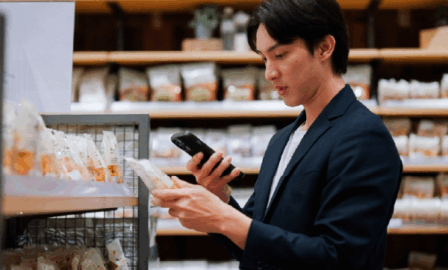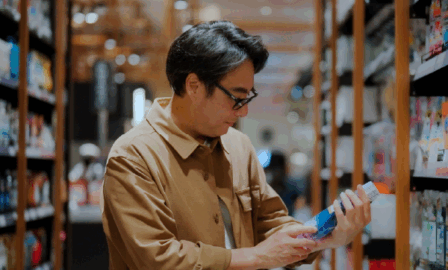The State of Brands: Building Brand Loyalty Through Personalization
Throughout this blog series, The State of Brands, we discuss the growing complexity of the relationship between brand and consumer and how this affects one of the greatest challenges facing many CP companies today – achieving and sustaining brand loyalty.
To date, we’ve focused on the power shift from the manufacturer to the consumer, explored how the concept of simplicity leads to building trust and transparency and discussed how generational cohorts drive brand preferences. As brands continuously seek ways to build loyalty, we want to explore the challenge of continuous consumer engagement and the associated solutions that are trending today.
Brands and manufacturers now understand that simply executing a generic, one-size fits all campaign no longer creates consumer interest. Social media and web access have placed information at consumers’ fingertips and allowed them to engage with not only brands, but other consumers around the world. Brands now understand that they must connect with consumers on a personal level and create a more personal brand experience. Over time, these personalized experiences can aid in building and sustaining brand loyalty.
So what do we mean by personalization or creating a personalized experience? Consumers are not interested in unnecessary and useless information, as they have enough clutter in their mail, email and commercials. Brands must understand how to establish 1:1 communication with consumers, whether in real time or at the consumers’ leisure, to foster the development of more personal relationships. These 1:1 communications should provide relevant information that inspire, create an emotional connection, or provide value to the consumer. Brands must also understand and respond to changes in consumer trends and behavior by listening to the consumers via social media, data collection and analysis, both in and out of stores.
Understanding and responding to direct or indirect messages will aid in creating a two-way dialogue between consumers and the brand. Brands can then leverage this knowledge by tailoring their products or investing in new areas where they may not currently serve the consumer. Brands and manufacturers have realized the need for personalization and have taken great leaps toward ensuring these practices are employed in efforts to connect with the consumer and establish better relationships. Today’s challenges of capturing the attention of the consumer, increasing engagement, and meeting the consumers’ needs in real-time are more critical than ever. So how have brands and manufacturers started this journey toward personalization?
McCormick has taken a creative approach to creating a personalized experience for the consumer by introducing FlavorPrint. This concept uses algorithms to deliver useful recipes based on the consumers’ taste preferences or “fingerprints.” This “recipe” for engaging and connecting 1:1 with consumers has proven successful for McCormick to date as consumers have become more engaged with the brand.
Grocery chains, such as Kroger and Safeway, are taking a slightly different approach to personalization. By leveraging big data collected via loyalty cards, they know what brands, categories and products consumers prefer. Taking that knowledge a step further, they now offer personalized prices based on consumer spending habits and preferred price points. They also leverage the data to deliver more relevant coupon offers. These types of personalization programs provide value to consumers through building trust, facilitating dialogue and sparking emotional connection by showing that brands listen to and value consumers. Coca-Cola has a different take on personalizing consumers’ experiences with the well-known Freestyle machine. The Freestyle gives consumers more than 100 different beverage options, allowing the customization of their soft drinks to flavors that otherwise could not be found.
Coca-Cola is using these machines to better understand consumers by analyzing consumption amounts, taste preferences and the time certain beverages are consumed. The Freestyle also presents an opportunity for Coca-Cola to offer innovative new flavors based on flavors mixed most often by consumers.
These examples demonstrate some of the strides companies are making towards personalization and building brand loyalty. As brands continue to creatively connect with consumers on a more personal level and meet changing consumer demands, how do you imagine the future of personalization? How will brands continue this personalization movement to win over consumers in the face of competition? Read the next blog in this series, The State of Brands: Cola Wars.


